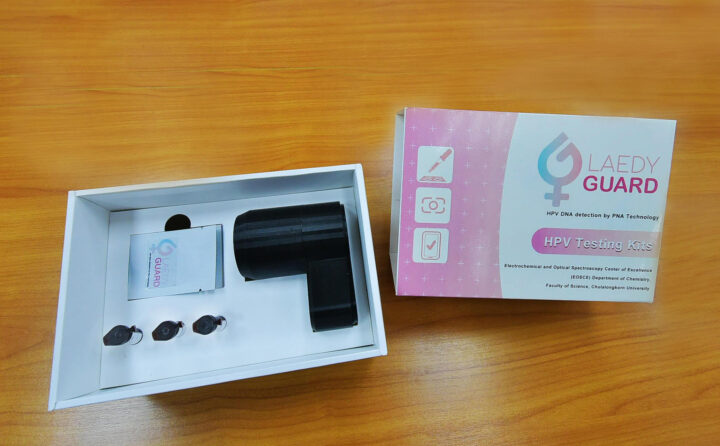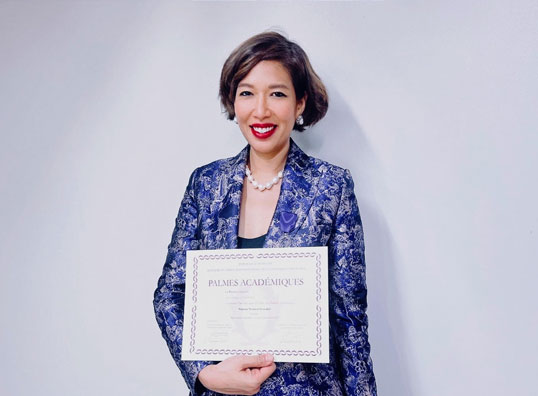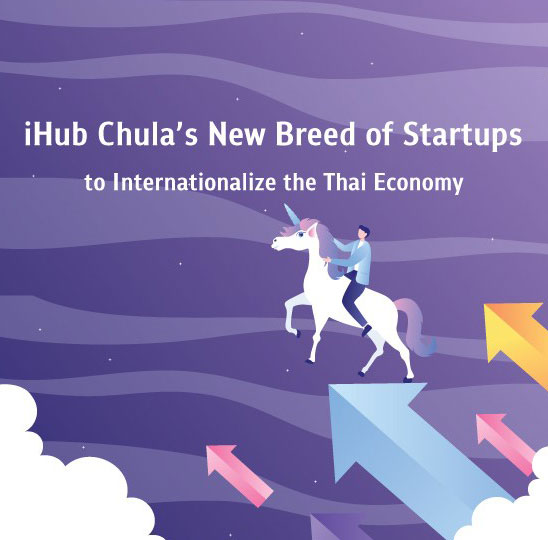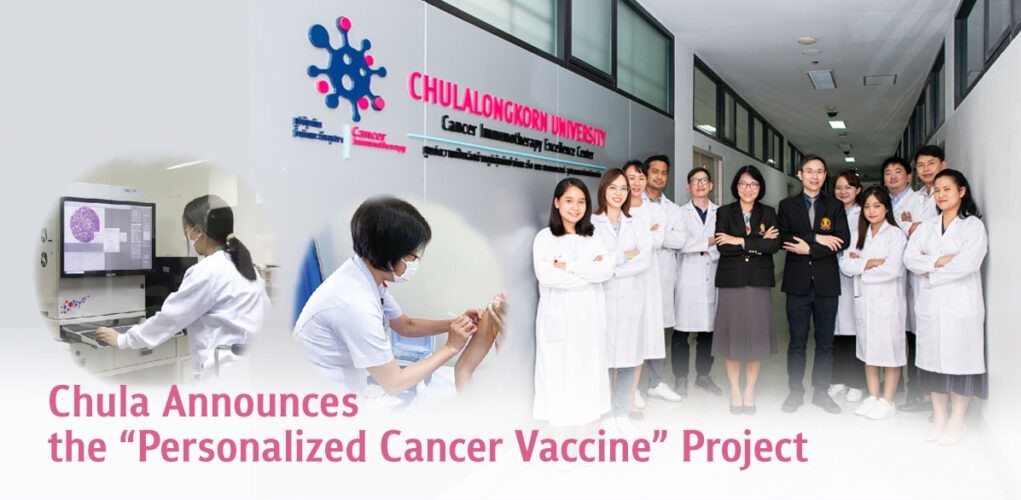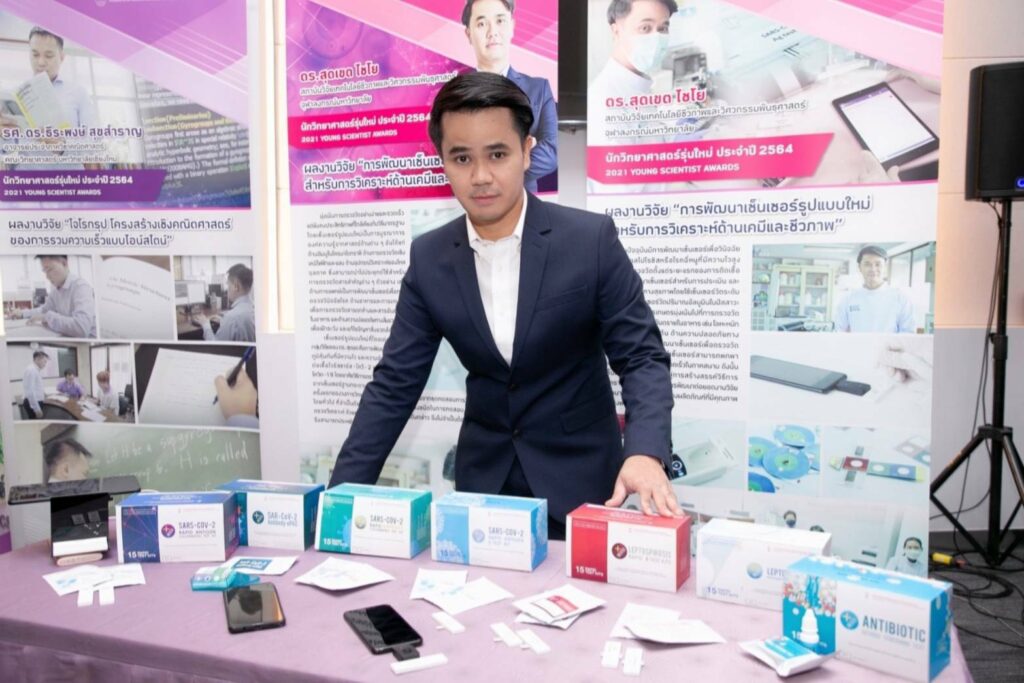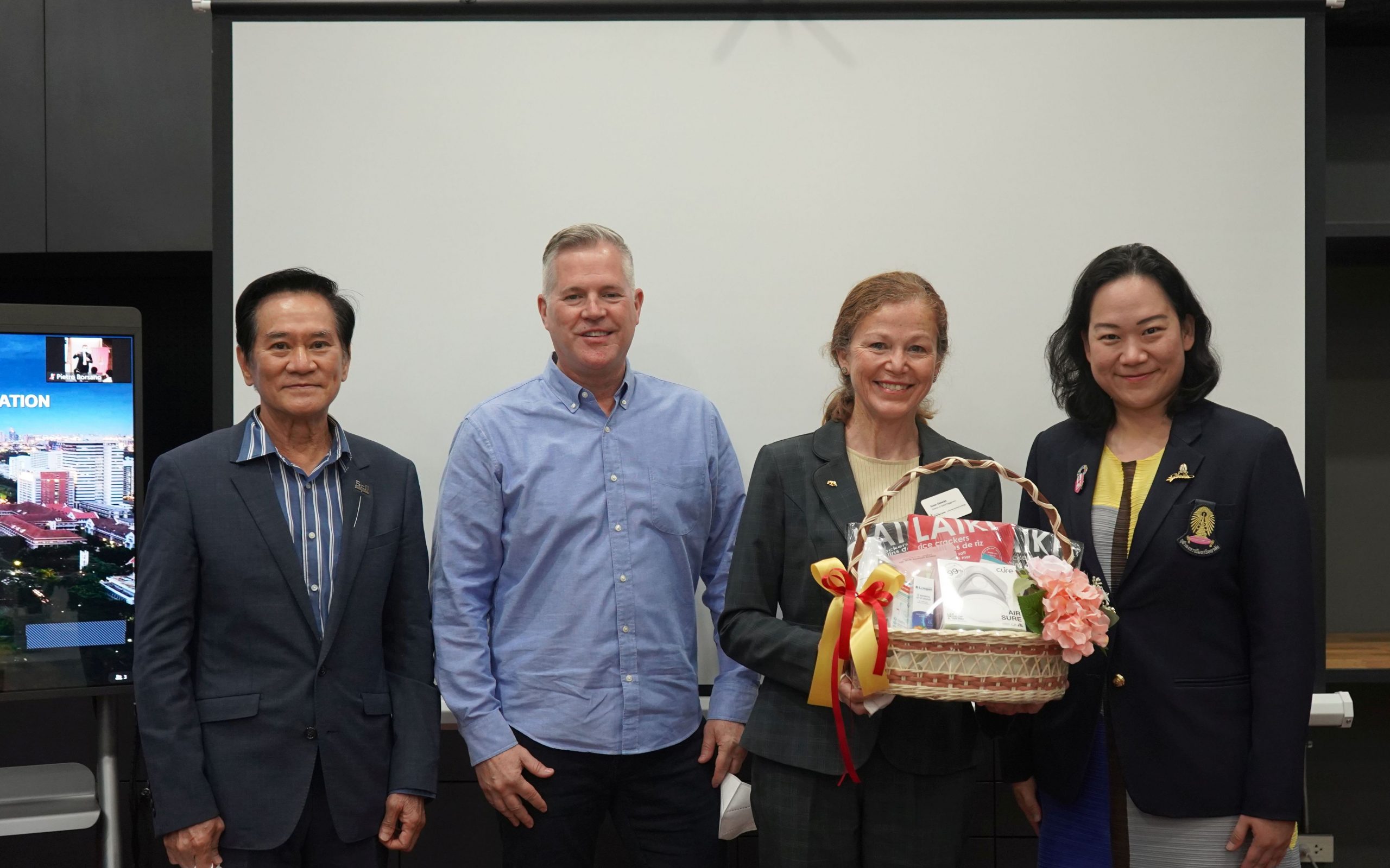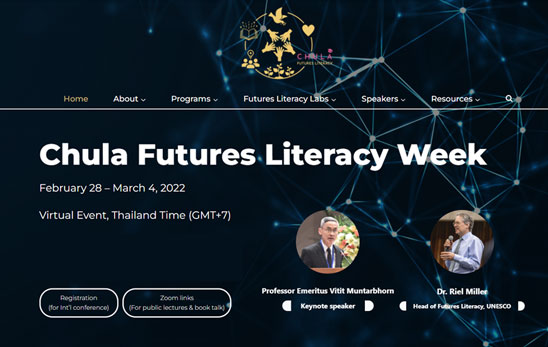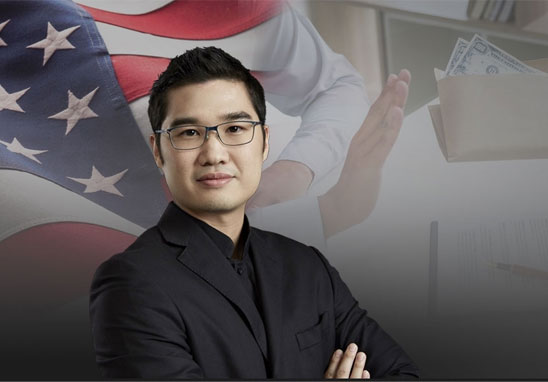Chulalongkorn University’s researchers have developed a cervical cancer test kit that uses urine samples. A simple, accurate, and fast method of early detection is guaranteed for its quality by the 2021 Outstanding Inventions Award from the National Research Council of Thailand.
Cervical cancer can be cured if detected in its early stages. Many women are, however, deterred by the rather high cost of the screening procedure, and the pap smear testing method. This leads to late detection that can cause cancer to spread making it harder to treat.
Today, there is a new invention that makes cervical cancer treatment a simpler and pain-free procedure that can be done frequently.
The HPV paper-based DNA sensor testing kits for cervical cancer developed by the Department of Chemistry, Faculty of Science, Chulalongkorn University’s research team comprising Prof. Dr. Orawan Chailapakul, Dr. Prinjaporn Tee-ngam, Sarida Naorungroj, Dr. Somrak Petchcomchai along with Prof. Dr. Tirayut Vilaivan
Dr. Prinjaporn, one of the main researchers on the team discussed how this innovation was conceived, “The government has consistently urged women to get tested for cervical cancer. One of the limitations of the original form of testing which requires taking a sample of cells from the cervix on stirrups invokes fear in many women who would rather avoid the test altogether. For this reason, we have tried to find an easier way that most women would feel more comfortable with. This could help to increase the number of those being tested as well as the frequency of their tests so that if any anomalies are found, then treatment can be immediately provided.”
Getting to know cervical cancer
Cervical cancer is the second most common cancer of women in Thailand after breast cancer with an incidence rate of 10,000 new cases per year affecting women between the ages of 30-60 and claiming as many as 5,000 deaths each year. The Ministry of Public Health recommends that from the age of 25 women should receive regular screening for cervical cancer every five years.
Prof. Dr. Orawan explains that cervical cancer is a sexually transmitted disease, mainly caused by the human papillomavirus (HPV). The use of condoms as protection cannot prevent such transmission, and the HPV vaccine is not yet prevalent or provides 100% protection against cervical cancer.
She also stressed that “Most of those who have been affected are asymptomatic which makes it necessary for us to still be tested regularly since that is a crucial way to prevent us from the disease and death.”
The HPV paper-based DNA sensor testing kits
The cervical cancer testing kits are easier and much faster than the Pap Smear or Pap Tests currently in use. It eliminates the need to insert a tool and hold the vaginal walls open as well as swabbing over the cervix to take cell samples that are sent to the lab for testing.
“HPV paper-based sensor testing is a way to test the DNA of the HPV virus by using PNA (Peptide Nucleic Acid) which is a synthetic substance that imitates our DNA designed to be specific according to the cells being tested which can be specified since HPV comes in many different strains and not all strains cause cervical cancer. When designing the substance, we needed to determine which strains there were when it comes to HPV infection,” said Prof. Dr. Orawan.
The HPV paper-based sensor testing kit is something that a lot of us are already familiar with from the ATK tests we have undergone for COVID-19.
“The urine is mixed in a solution then dropped onto the paper after which we notice the change in color of the solution. Normally the color of the solution is bright red but if the urine is contaminated by the virus the color appears lighter. The brightness of the color varies according to the amount of the virus. We have an additional tool, used with the colorimeter application on smartphones that helps make the color more visible.”
Prof. Dr. Orawan assured us that the HPV paper-based sensor testing kit has been tested and shows a high level of accuracy with a sensitivity of 85%, specificity of 78%, and reproducibility rate of 100%.”
The HPV Testing Kits have not been produced for home use. They are, however, being used in health centers and community hospitals.
“In the urine, there are fewer DNA materials than in tissues, which means we need to have a device that increases the DNA level so that the change of color is more visible and the device is already in use in the clinics and community hospitals.”
How to watch over our health to stay away from cervical cancer
Prof. Dr. Orawan left us with some tips on how to help women stay safe from cervical cancer. “First, women should make sure they always keep their vaginal areas clean. Vaccinations are good but the prevention they offer isn’t a hundred percent. The best way is to have regular cervical cancer checkups for early detection and treatment.”
The research team hopes that this innovation will motivate women to get themselves tested regularly, with a simple and painless process, at an affordable price. Each test kit should not exceed 500 baht.
Prof. Dr. Orawan left us with these words. “We’d like to see women getting cervical cancer tests regularly as advised by the Ministry of Public Health. Therefore, we have tried to make the cost of these kits as low as possible to make them easily accessible. It would be ideal if women can be tested regularly, for example once a month at a health center nearby.”
Nursing facilities or agencies interested in these HPV paper-based DNA sensor testing kits may contact Prof. Dr. Orawan Chailapakul at the Department of Chemistry, Faculty of Science, Chulalongkorn University, email address [email protected] for more information.




